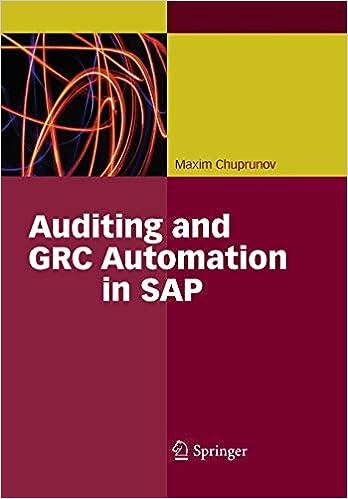Answered step by step
Verified Expert Solution
Question
1 Approved Answer
John Fleming, chief administrator for a district hospital, is concerned about costs for tests in the hospital's lab. Fleming has asked you to evaluate costs

 John Fleming, chief administrator for a district hospital, is concerned about costs for tests in the hospital's lab. Fleming has asked you to evaluate costs for the past month. The following information is available: a. Basically, two types of tests are performed in the lab-blood tests and smears. During the past month, 3,150 blood tests and 4,200 smears were performed in the lab. b. Small glass plates are used in both types of tests. During the past month, the hospital purchased 21,000 plates at a cost of $46,200. This cost is net of a 6% quantity discount. 2,100 of these plates were still on hand unused at the end of the month; there were no plates on hand at the beginning of the month. c. During the past month, 1,900 hours of labour time were recorded in the lab. The cost of this labour time was $22,705. d. Variable overhead cost last month in the lab for utilities and supplies totalled $12,160. The hospital has never used standard costs. By searching industry literature, however, you have determined the following nationwide averages for hospital labs: Plates: Two plates are required per lab test. These plates cost $2.35 each and are disposed of after the test is completed. Labour: Each blood test should require 0.30 hour to complete, and each smear should require 0.15 hour to complete. The average cost of this lab time is $14.00 per hour. Overhead: Overhead cost is based on direct labour-hours. The average rate for variable overhead is $5.30 per hour. Fleming would like a complete analysis of the cost of plates, labour, and overhead in the lab for the last month so that he can get to the root of the lab's cost problem. 2. For labour cost in the lab: a. Compute a labour rate variance and a labour efficiency variance. (Do not round intermediate calculations. Round "Efficiency variance" answer to 2 decimal places. Indicate the effect of each variance by selecting "F" for favourable, "U" for unfavourable, and "None" for no effect (i.e., zero variance).)
John Fleming, chief administrator for a district hospital, is concerned about costs for tests in the hospital's lab. Fleming has asked you to evaluate costs for the past month. The following information is available: a. Basically, two types of tests are performed in the lab-blood tests and smears. During the past month, 3,150 blood tests and 4,200 smears were performed in the lab. b. Small glass plates are used in both types of tests. During the past month, the hospital purchased 21,000 plates at a cost of $46,200. This cost is net of a 6% quantity discount. 2,100 of these plates were still on hand unused at the end of the month; there were no plates on hand at the beginning of the month. c. During the past month, 1,900 hours of labour time were recorded in the lab. The cost of this labour time was $22,705. d. Variable overhead cost last month in the lab for utilities and supplies totalled $12,160. The hospital has never used standard costs. By searching industry literature, however, you have determined the following nationwide averages for hospital labs: Plates: Two plates are required per lab test. These plates cost $2.35 each and are disposed of after the test is completed. Labour: Each blood test should require 0.30 hour to complete, and each smear should require 0.15 hour to complete. The average cost of this lab time is $14.00 per hour. Overhead: Overhead cost is based on direct labour-hours. The average rate for variable overhead is $5.30 per hour. Fleming would like a complete analysis of the cost of plates, labour, and overhead in the lab for the last month so that he can get to the root of the lab's cost problem. 2. For labour cost in the lab: a. Compute a labour rate variance and a labour efficiency variance. (Do not round intermediate calculations. Round "Efficiency variance" answer to 2 decimal places. Indicate the effect of each variance by selecting "F" for favourable, "U" for unfavourable, and "None" for no effect (i.e., zero variance).) Step by Step Solution
There are 3 Steps involved in it
Step: 1

Get Instant Access to Expert-Tailored Solutions
See step-by-step solutions with expert insights and AI powered tools for academic success
Step: 2

Step: 3

Ace Your Homework with AI
Get the answers you need in no time with our AI-driven, step-by-step assistance
Get Started


